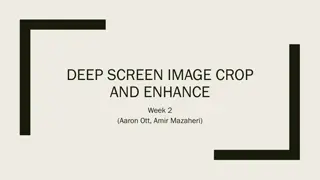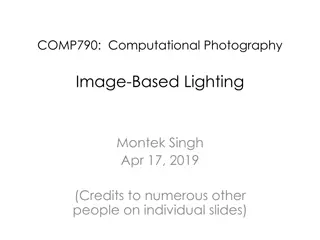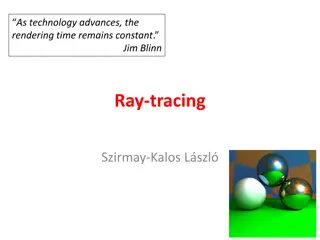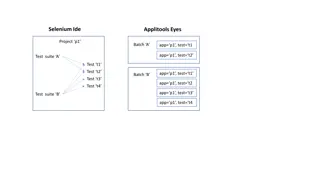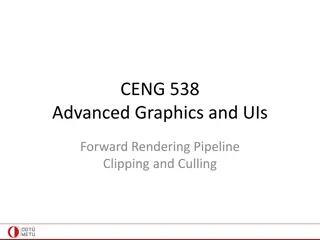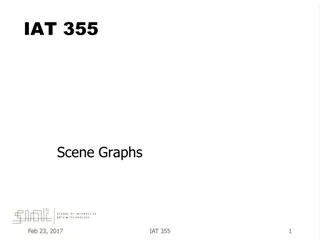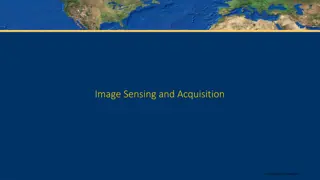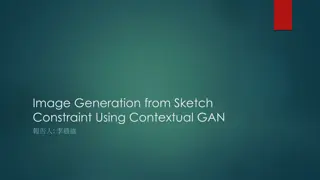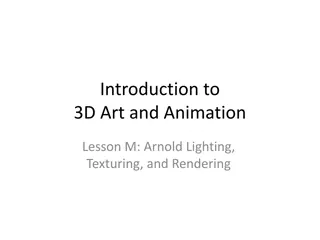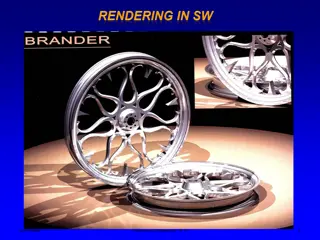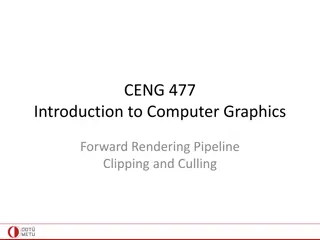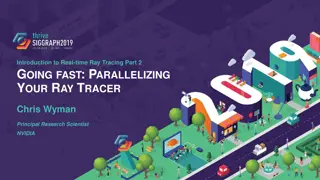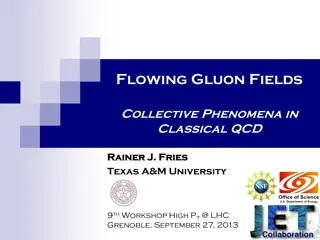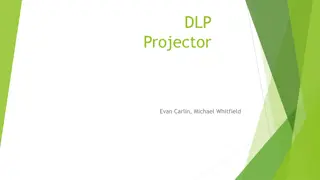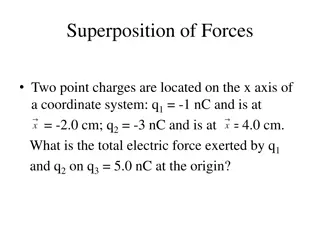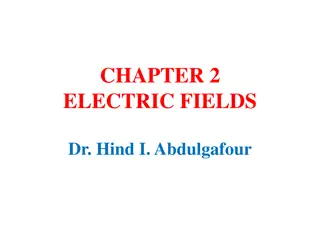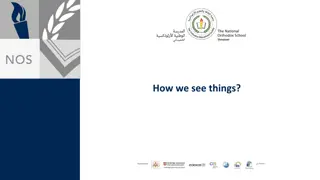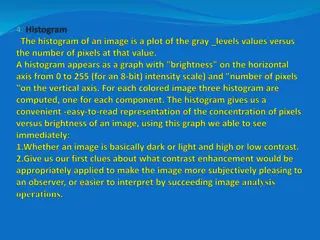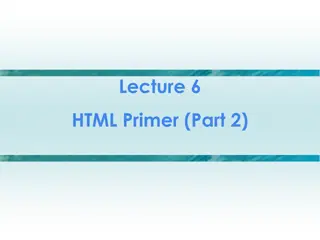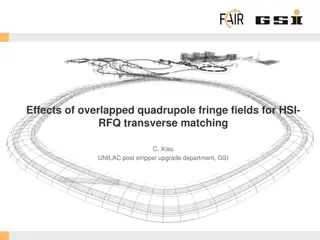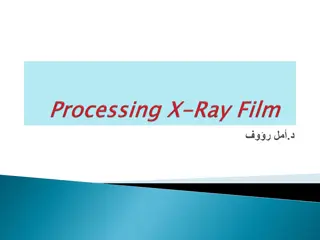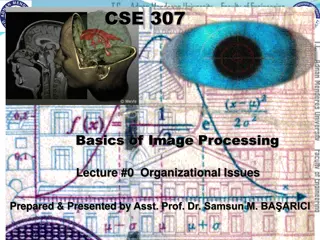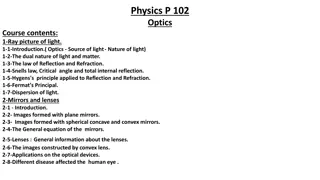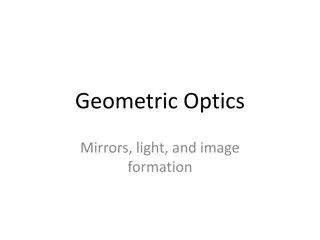Understanding Image-Based Rendering and Light Fields
Exploring the concepts of Image-Based Rendering (IBR) and Light Fields through a historical perspective, pros and cons analysis, basic approaches, and recent developments in the field. IBR offers photorealistic image capture and representation, with advancements like data-driven graphics and appearance modeling. Light Fields extend the concept to 4D representations, providing unique capabilities in rendering and analysis. The presentation delves into the evolution of IBR techniques, including texture maps, Plenoptic Modeling, Reflectance Fields, and Inverse Rendering, highlighting their contributions to modern graphics technology.
Download Presentation

Please find below an Image/Link to download the presentation.
The content on the website is provided AS IS for your information and personal use only. It may not be sold, licensed, or shared on other websites without obtaining consent from the author. Download presentation by click this link. If you encounter any issues during the download, it is possible that the publisher has removed the file from their server.
E N D
Presentation Transcript
Image-Based Rendering and Light Fields Bin Sheng
Next few slides courtesy Paul Debevec; SIGGRAPH 99 course notes
IBR: Pros and Cons Advantages Easy to capture images: photorealistic by definition Simple, universal representation Often bypass geometry estimation? Independent of scene complexity? Disadvantages WYSIWYG but also WYSIAYG Explosion of data as flexibility increased Often discards intrinsic structure of model? Today, IBR-type methods also often used in synthetic rendering (e.g. real-time rendering PRT) General concept of data-driven graphics, appearance Also, data-driven geometry, animation, simulation
IBR: A brief history Texture maps, bump maps, environment maps [70s] Poggio MIT 90s: Faces, image-based analysis/synthesis Mid-Late 90s Chen and Williams 93, View Interpolation [Images+depth] Chen 95 Quicktime VR [Images from many viewpoints] McMillan and Bishop 95 Plenoptic Modeling [Images w disparity] Gortler et al, Levoy and Hanrahan 96 Light Fields [4D] Shade et al. 98 Layered Depth Images [2.5D] Debevec et al. 00 Reflectance Field [4D] Inverse rendering (Marschner,Sato,Yu,Boivin, ) Today: IBR hasn t replaced conventional rendering, but has brought sampled and data-driven representations to graphics
Outline Overview of IBR Basic approaches Image Warping [2D + depth. Requires correspondence/disparity] Light Fields [4D] Survey of some recent work
Warping slides courtesy Leonard McMillan, SIGGRAPH 99 course notes
Outline Overview of IBR Basic approaches Image Warping [2D + depth. Requires correspondence/disparity] Light Fields [4D] Survey of some recent work
Outline Overview of IBR Basic approaches Image Warping [2D + depth. Requires correspondence/disparity] Light Fields [4D] Survey of some recent work
Layered Depth Images [Shade 98] Camera Geometry Slide from Agrawala, Ramamoorthi, Heirich, Moll, SIGGRAPH 2000
Layered Depth Images [Shade 98] LDI (Depth, Color)
Surface Light Fields Miller 98, Nishino 99, Wood 00 Reflected light field (lumisphere) on surface Explicit geometry as against light fields. Easier compress
Acquiring Reflectance Field of Human Face [Debevec et al. SIGGRAPH 00] Illuminate subject from many incident directions
Outline Overview of IBR Basic approaches Image Warping [2D + depth. Requires correspondence/disparity] Light Fields [4D] Survey of some recent work Sampled data representations
Conclusion (my views) IBR initially spurred great excitement: revolutionize pipeline But, IBR in pure form not really practical WYSIAYG Explosion as increase dimensions (8D transfer function) Good compression, flexibility needs at least implicit geometry/BRDF Real future is sampled representations, data-driven method Acquire (synthetic or real) data Good representations for interpolation, fast rendering Much of visual appearance, graphics moving in this direction Understand from Signal-Processing Viewpoint Sampling rates, reconstruction filters Factored representations, Fourier analysis Light Fields fundamental in many ways, including imaging



